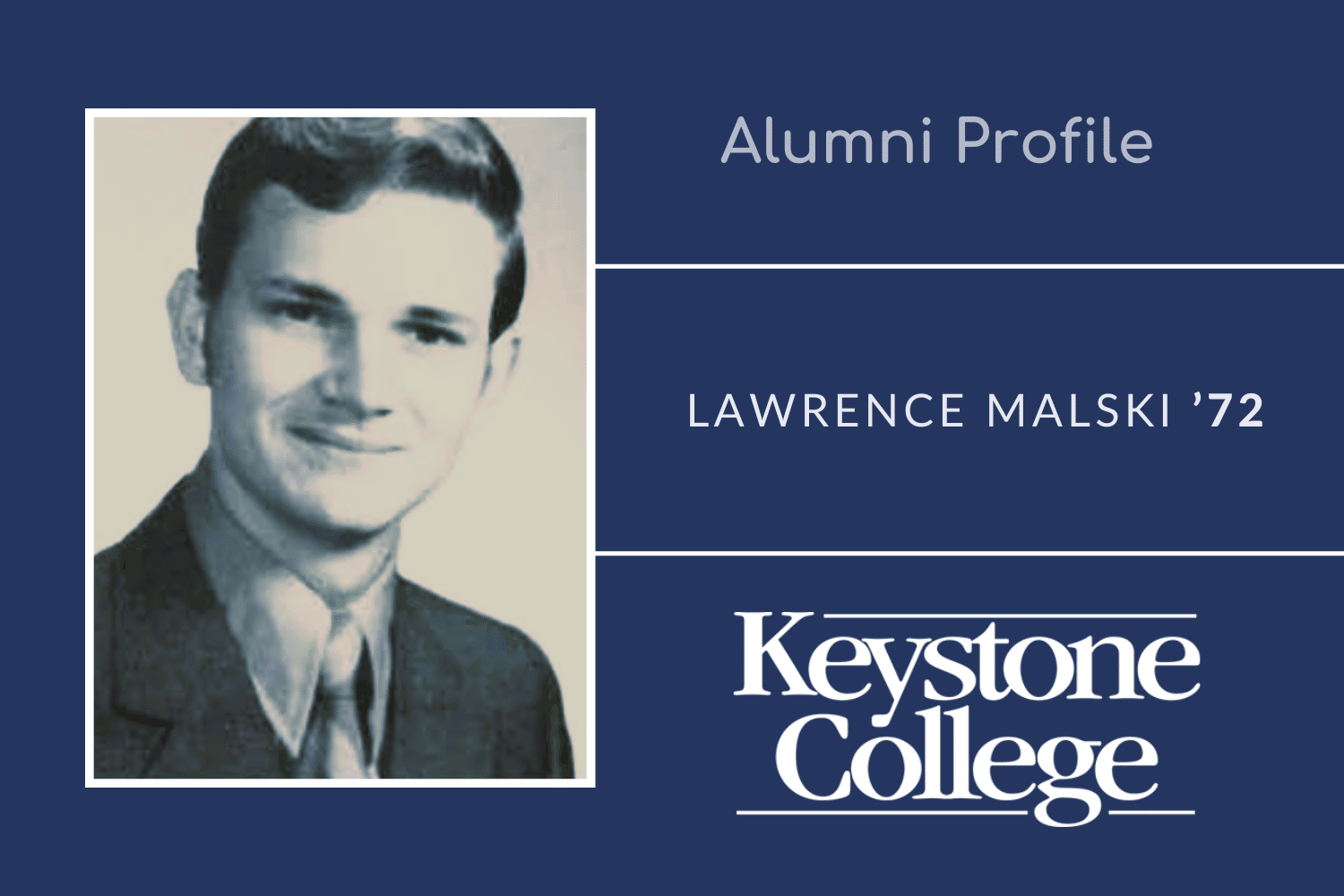If you ever board another train from Scranton to Manhattan, say thanks to Larry Malski ’72

In 1970, the last passenger train pulled out of Scranton bound for New York City. And a Keystone alumnus is working tirelessly behind-the-scenes to realize his dream of restoring the once popular connection.
Dickson City native Larry Malski graduated magna cum laude with an associate degree in general studies. He went on to receive his J.D. from Temple University and serves as president of the Pennsylvania Northeast Regional Railroad Authority, a freight rail system between Scranton and the Delaware Water Gap.
Larry started as a clerk with the Delaware and Hudson Railway in Scranton and Erie Lackawanna Railway in Binghamton, N.Y. He became senior litigation attorney with the U.S. Railway Association in Washington D.C. and acted as general counsel for the New York, Susquehanna and Western Railway in Cooperstown, N.Y.
While their paths did not cross at Keystone, Austin Burke ’70, former president of the Greater Scranton Chamber of Commerce, recalls his first meeting with Larry in 1984.
“We were introduced at a time when the potential loss of freight service was jeopardizing hundreds of jobs in Lackawanna County, and I knew the commissioners found the right person who could turn things around,” he said. “Larry had a solid background in complex rail transportation issues. His vision not only resulted in a vibrant rail business for northeastern Pennsylvania, but he almost singlehandedly kept alive the possibility of restoring train service to Manhattan.”
Recent developments give rise to hope the trains could start rolling as early as 2028. Amtrak is suggesting a high-speed route for three daily trips that would take commuters 2 hours and 50 minutes from the Electric City to Penn Station, into the heart of Manhattan. Rail service would provide a convenient option for students and visiting alumni from the New York/New Jersey metro area.
According to the Amtrak study, there would be half a million people riding the rails by 2030. The project would have a total economic impact exceeding $80 million, along with reducing auto traffic and emissions along busy interstates.
Much work remains, as officials secure government funding agreements and replace a missing piece of track in New Jersey, but Austin is as optimistic as ever.
“These things seem to take forever, but now I believe the stars are finally in alignment. I hope I get a chance to board that train, and when I’m travelling to an art exhibit at MoMA or the Guggenheim, I’ll be sure to thank Larry Malski.”
Perseverance is the Keystone to success!





